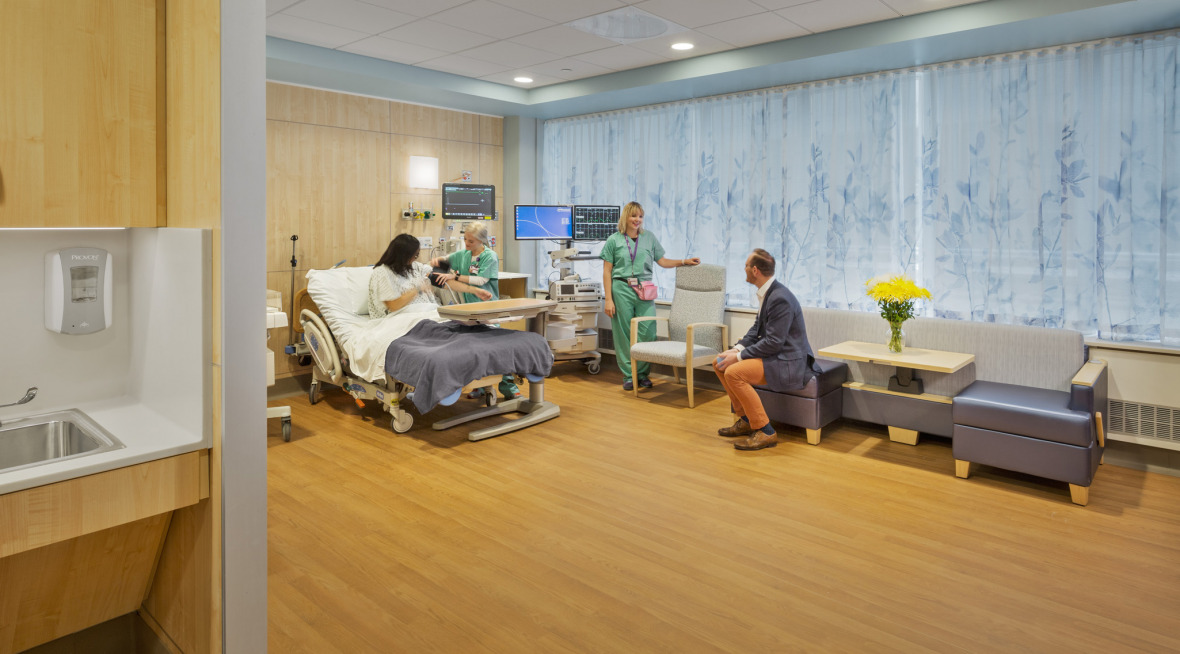We use cookies to maximize your online experience with us. By closing this window, you consent to our cookie policy. You can change your cookie settings in your browser any time. For more information, please see our Privacy Policy located on the footer of this site.
The Challenges of Designing Healthcare Spaces

Designing and building healthcare spaces can be as challenging as keeping the systems running efficiently and effectively. In a time when the healthcare industry is facing uncertainty, rising construction costs remains one of the largest impacts on healthcare design and construction.
Construction costs are rising rapidly — mostly due to the cost of labor. Since healthcare space is so specialized, its construction can be more labor-intensive than other property types. As the pressure continues to be on developers to contain these rising costs, they must rethink traditional construction methods. Fortunately, there are smarter and more cost-effective ways to build. By designing the space using modular walls, specific healthcare spaces can be built out faster and become flexible environments ready to adapt to changing needs easily. This is especially crucial for healthcare facilities that must adapt to changing demographics in their communities.
The way healthcare facilities are built influences the way service is provided. The design trends of healthcare facilities are focused more toward people. By providing a space in which people feel safe, comfortable and confident in the care they receive, hospitals and health systems become a positive environment for patients.
Another design trend is greater encouragement of a collaborative atmosphere among healthcare professionals. Improved collaboration, interaction and coordination leads to better health outcomes for patients. Collaboration needs a flexible space, which modular construction can provide, but carefully integrated furniture and technology between those walls make all the difference. Like many other organizations, hospitals and healthcare centers need to embrace how people work today and build a space to keep them productive.
In addition to flexibility, design can also promote efficiency. Providing the best care to patients in the most efficient way possible is of the utmost urgency considering the current economics of healthcare. Healthcare design needs to manage costs without compromising on delivering safe, high-level care. This requires finding the right balance of efficiency and effectiveness which can be achieved by removing spatial and technology constraints found in older facilities.
A facility’s finishes — the way it looks and feels to patients — even has a profound impact on healthcare delivery. Adding certain color schemes and imagery to engage all the senses can profoundly impact the health outcomes of patients and wellbeing of staff. Using colors, textures and imagery throughout the facility will create a unique environment that feels friendly and welcoming instead of clinical.
Healthcare specialists need to design facilities that cater to the needs of the staff who work there. When employees are uncomfortable in their surroundings, patient care will suffer. Designing a flexible healthcare space using seamlessly integrated architecture, furniture, technology and the right imagery can go a long way in transforming a specialized environment while containing costs.
